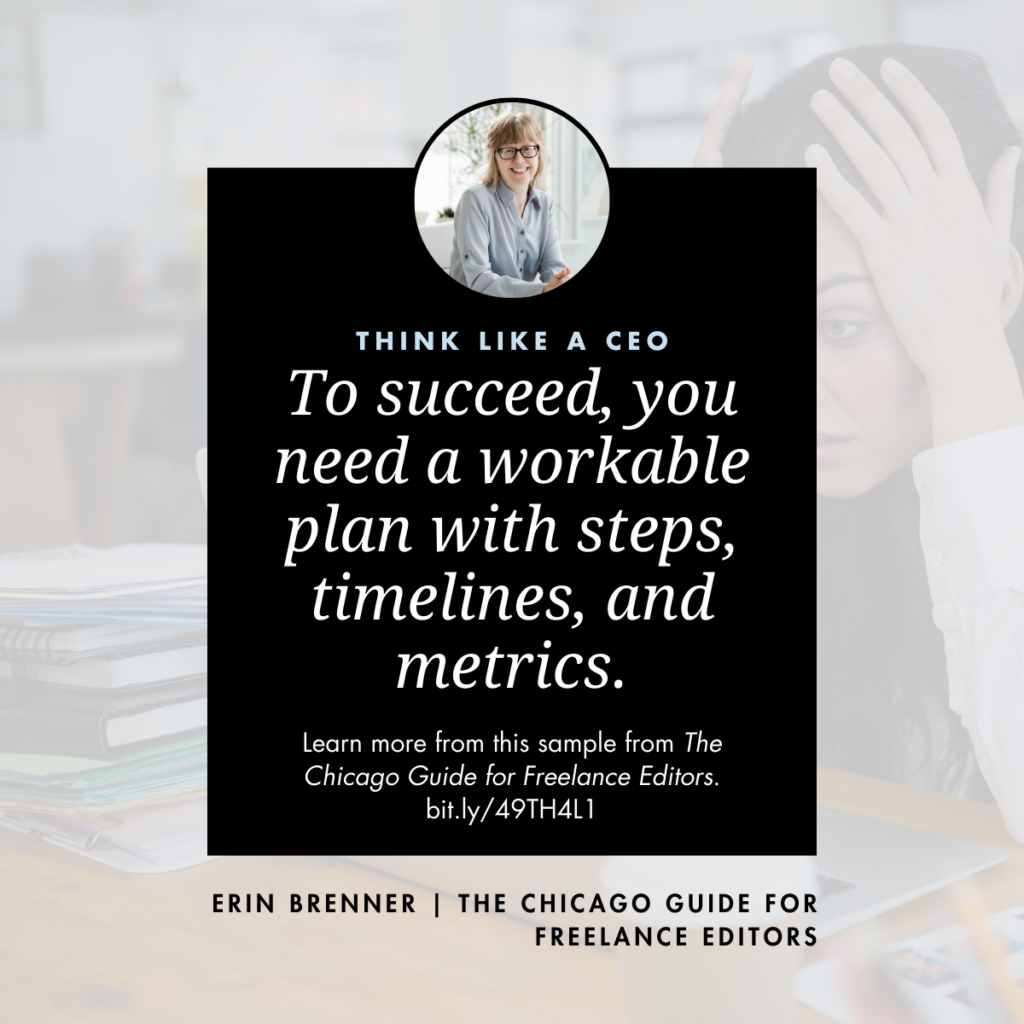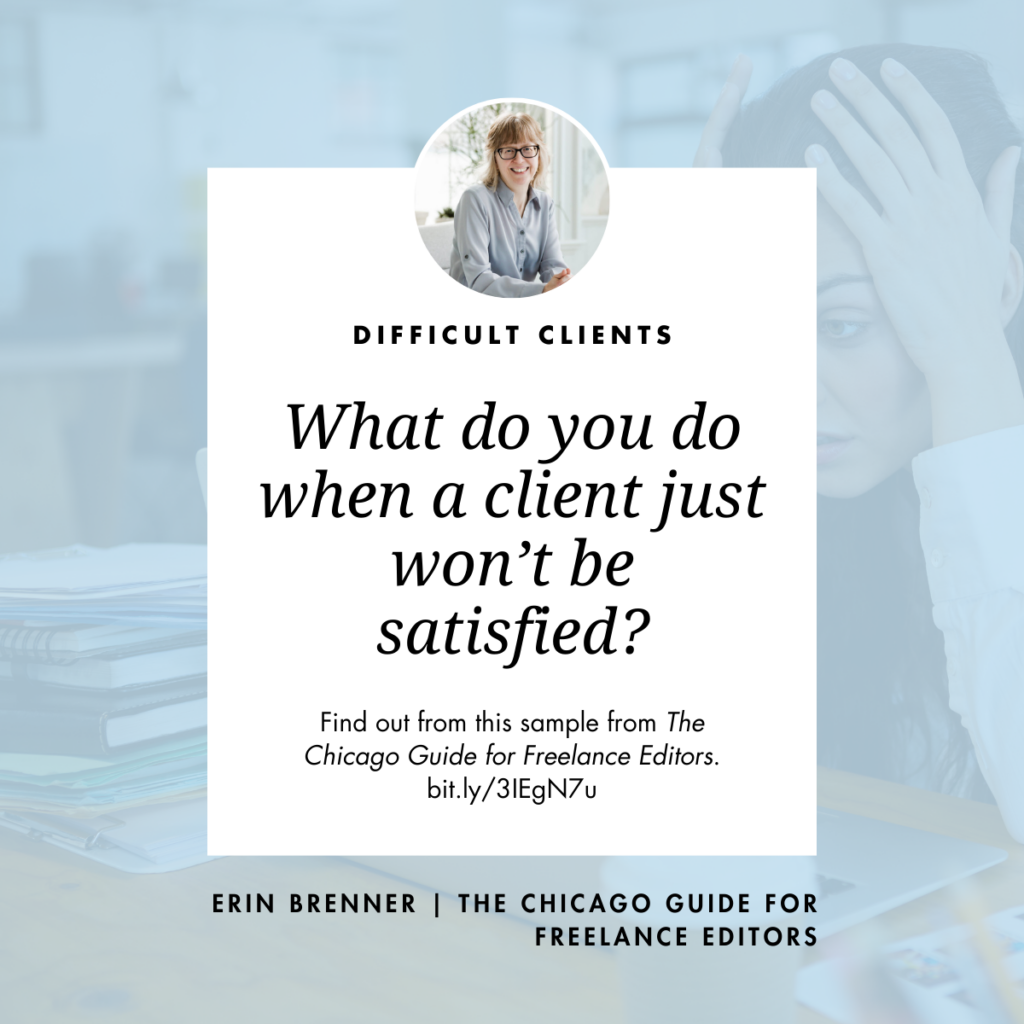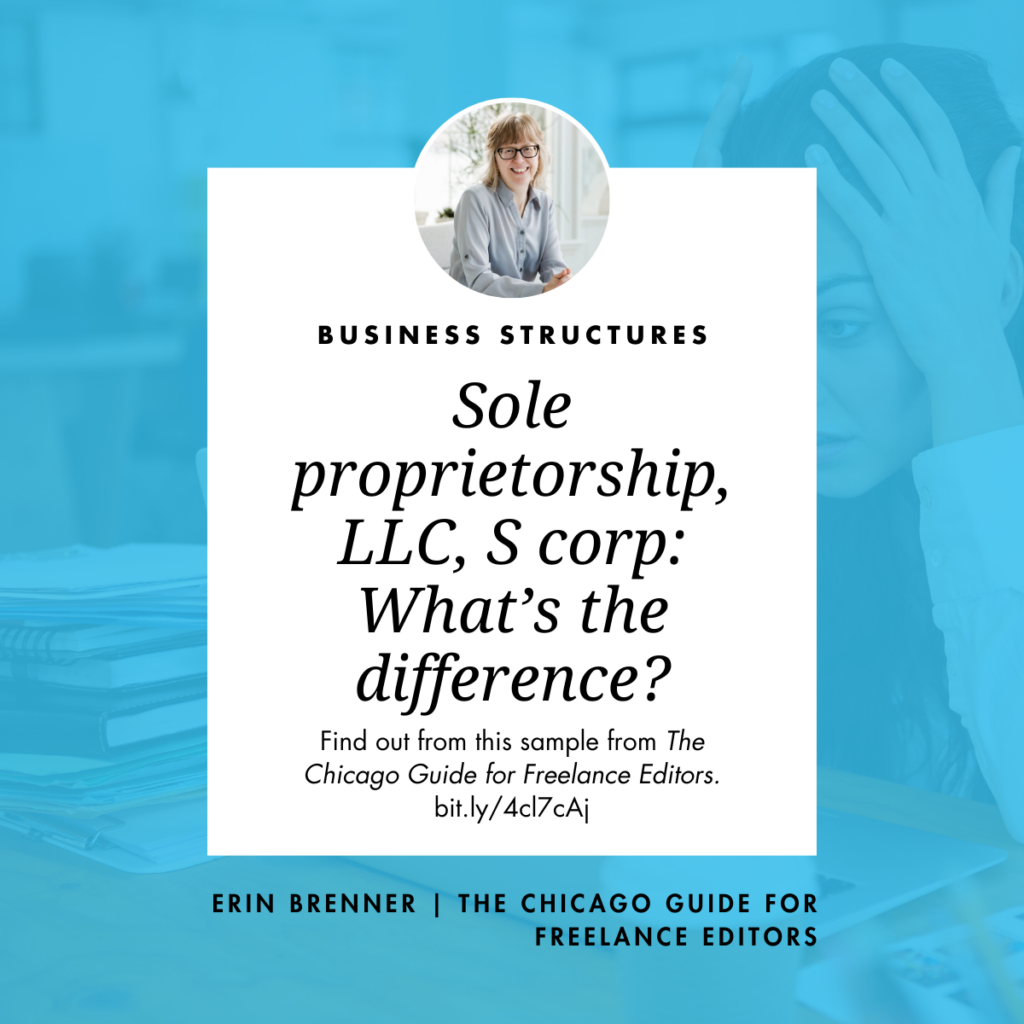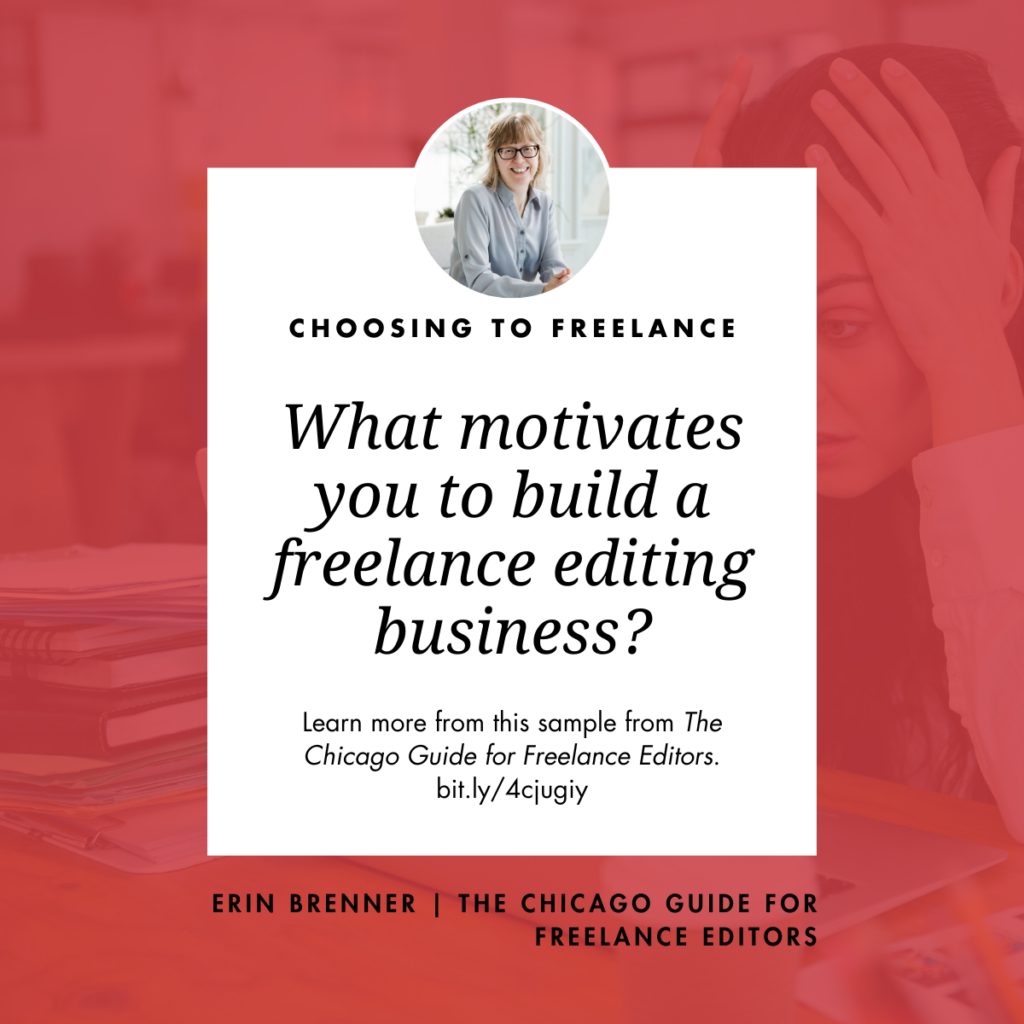Business Websites
Working as a freelance editor is both rewarding and challenging for those who decide to take the leap of faith. Building your business, brand, and clientele is a lengthy process, but if you love editing, a little guidance is all you need to keep you going. In part two of this monthly series, you will preview a snippet from my new book: The Chicago Guide for Freelance Editors: How to Take Care of Your Business, Your Clients, and Yourself from Start-Up to Sustainability. Enjoy!
Give Your Website Good Bones
There are a few basic pages every business website should have. The most obvious is your home page, the main entrance to your office. It could be a simple front door, a modest foyer, or a grand entrance hall. Your home page gives visitors a general overview of what they’ll find on your site, shares a key message with them, offers them something special, or otherwise greets them as they arrive. People who arrive on your home page are likely to be coming from a search engine or another place where they found your main URL, and they may not yet know much about you. As you plan your home page, consider how you’ll greet these visitors. Like a good introduction, you may want to plan out this page last.
You’ll also want an about page. Here, you’ll give a brief bio about your company and you. And as we talked about in the previous chapter, you’ll want to address the client’s point of view. Answer questions like what problems your business solves and what makes your business uniquely suited to solve that problem. You don’t need to give your whole résumé here; instead, link to a page or file with your résumé for those who want more information.
A services page is also a must-have. Outline the services you offer, noting any packages or add-on services available. If you’re going to put your prices on your website, this is a good place for them. Unless you work exclusively with clients who are very familiar with editing (such as book packagers and publishers), it’s a good idea to define what you mean by the different types and levels of editing you offer. If you work with clients who are totally new to editing, you might wish to use descriptive language and illustrative examples. Avoid too many industry terms, which can leave outsiders in the cold.
Finally, you want to have a way for visitors to contact you. Ideally, contact information should be on every page, such as in the footer, but you should also have a contact page, because visitors will look for it. How they contact you is up to you. You can simply list your email address and phone number, if that’s how you’d like to be contacted. You can eliminate a step for visitors by creating a contact form for them to fill out; the form response can then be automatically emailed to you. Or you could use a scheduling tool to let people schedule a meeting with you, perhaps with a mandatory intake form so you can determine whether to take the meeting or not.
A site that has just these basics is sometimes called a brochure website because it contains the information you’d find in a printed brochure. You may only need a brochure website to promote yourself, such as when you’re primarily practicing relationship marketing. Let’s return to editor Amy J. Schneider, who works solely with trade publishers and book packagers. Her clients don’t need to be educated about what editing is and why it’s important, so Schneider doesn’t need pages that share that information. Clients need to know a little about Schneider: her services, her skills and knowledge, and some of her past work. A brochure site does the job well, and that’s what she offers them at www.featherschneider.com.
When you need to do more to educate and persuade prospects, you have lots of options for the type of content you share:
- Content that helps the client identify themselves, such as case studies, lists of past clients, and testimonials from happy clients
- Content that explains editing in more detail and the benefits of it, like use cases
- Tools that help clients do their work or use your service, such as a project cost estimator
- Information that helps visitors improve their writing, such as writing lessons or lists of writer resources
- Answers to questions visitors have, such as how to self-publish their book or how to find a literary agent
- Information for other editors, such as editing tips and resources for editors, which demonstrates your level of expertise
What do your clients want to know about you? What kind of questions do prospects typically ask you? What type of content would best represent your brand? Answering these and similar questions can help you decide what would benefit prospects and clients.
Reproduced with permission from The Chicago Guide for Freelance Editors: How to Take Care of Your Business, Your Clients, and Yourself from Start-Up to Sustainability by Erin Brenner, forthcoming from the University of Chicago Press in April 2024.
© 2024 by Erin Brenner. All rights reserved.







